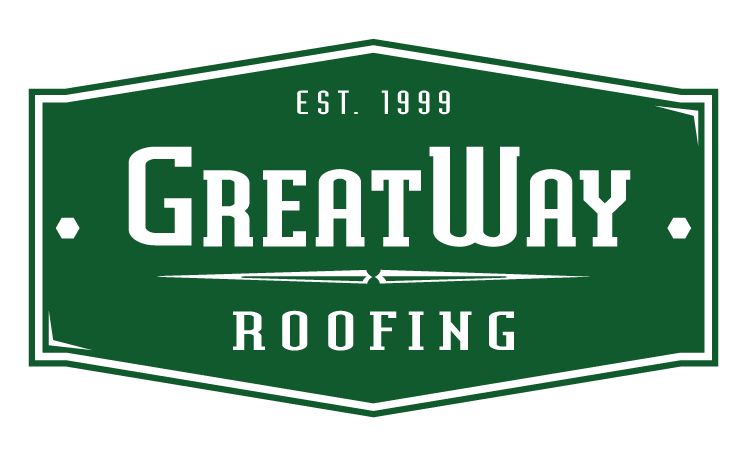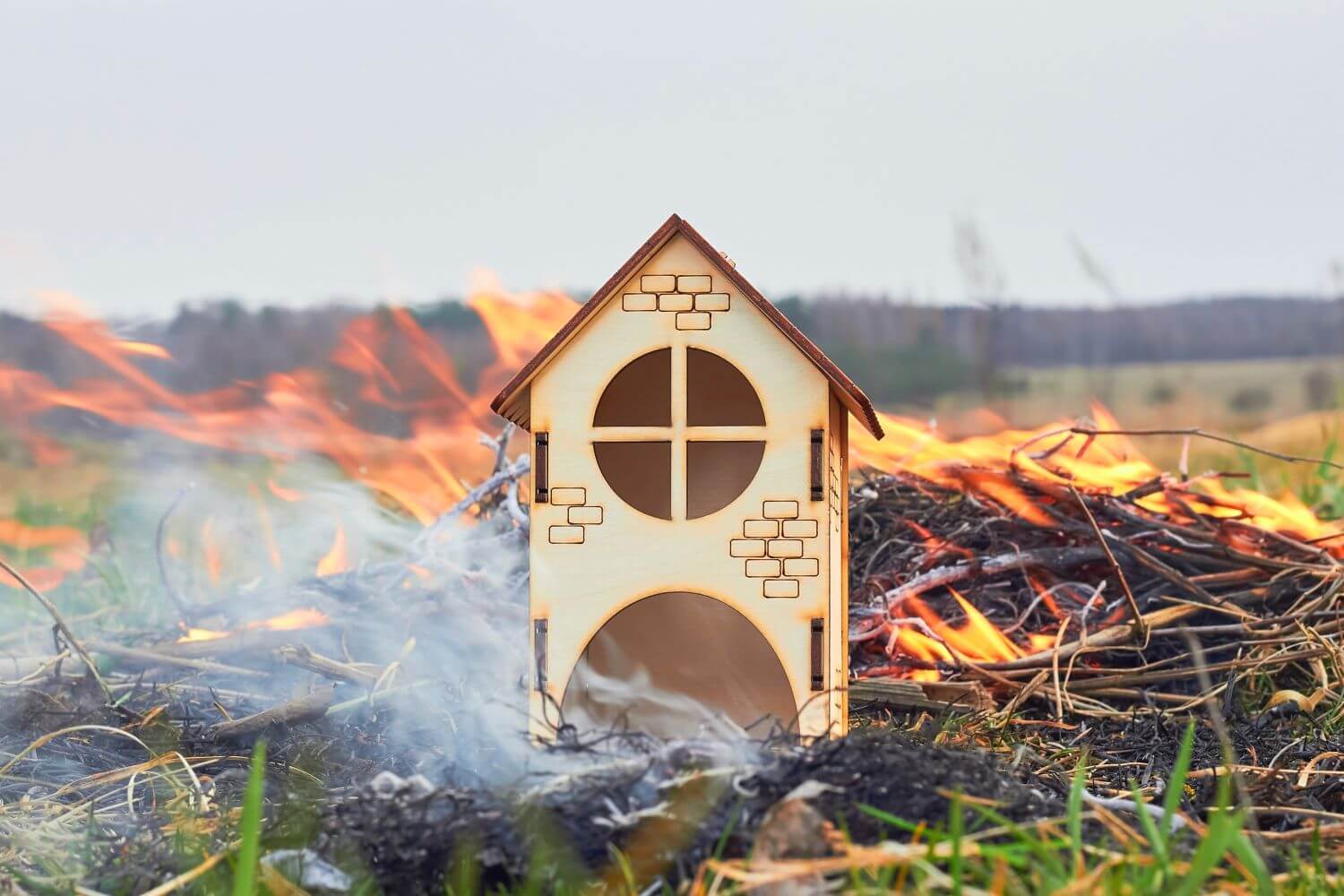On any property, the roof can be extremely vulnerable to damage from weather, impact, and fire. The role of the roof during a fire is extremely important, which is why there are many laws and regulations that apply to them.
In large areas of California, the threat of wildfire is significant, which is why the way buildings are constructed and the material uses are heavily regulated to ensure that properties are as safe as they can possibly be.
So, what are roof fire ratings and what do they mean?
Rating Tests
In California, there is a test that determines roof fire ratings. The test is approved and undertaken by the American Society for Testing and Material (ASTM) Standard E-108, National Fire Protection Association (NFPA) Standard 276. This test is based on three factors concerning the roof material:
- Sufficiently resist and prevent fire from spreading to the roof space or attic
- Prevent flames from spreading across the roof covering
- Prevent embers from creating a fire
The results of the test indicate which fire rating tier your roof is classified.
Roofing Materials Classification
All tested roofs and their materials are classified into one of three tiers:
Class A is the highest level of fire-resistant roofing and shows a fire-retardant roof of good quality. Common Class A materials include most asphalt shingles, concrete or clay tiles, slate, steel or copper roofs.
Class B materials are effective against moderate fire exposure. Pressure-treated shakes and shingles are the most common roofing materials in this category.
Class C ratings show that the fire-resistant roofing materials are not as effective as they could be. Class C materials include untreated wood shakes and shingles, plywood and particleboard, rubber and plastic roof products. These can usually be improved with the addition of underlayment.
Materials that do not meet these classification standards should be avoided and should not be used in areas that experience wildfires. In many cases, insurance companies will not cover properties that do not have adequate and safe roofing materials, especially in wildfire zones.
Is your roof safe?
If your roof needs replacing in the near future, then you should only use a contractor who can provide fire-resistant materials. It is good practice to use Class A materials for your roof, especially if you live in an area that is prone to wildfires.
For older properties, or if you do not know the materials used on your roof, then you should assume that it may not be classified to a high standard, and you may want to take steps to improve or replace it.
Skylights
Even a very small skylight can drastically increase the chances of fire spreading by acting as a point of entry for fire. It is important to keep all skylights closed during a wildfire or wildfire season.
Ensure that skylights are not placed next to any material likely to combust in a fire. The slope of your roof is also a factor. The steeper the angle of the roof, the more heat the skylight will be exposed to in the event of a wildfire. This can cause the glass to warp or break. Any flammable materials around the skylight are also more likely to combust.
In order to reduce this risk, clean the area around the skylight regularly and remove any overhanging vegetation from the area.
Debris on Edges
The edge of your roof is another potential hazard during a fire. Firstly, any debris or leaves which collect in guttering can combust and cause fire to spread inside the roof space and into the home.
Another vulnerability in this area of the roof is where there is a gap between the layers of roof covering, which is often present along the roof edge and ridge.
Debris in Guttering
Debris in your gutters can allow fire access to the roof’s edge, which we have already discussed is a vulnerable area of the roof. For this reason, you must ensure that the edges of your roof are as fire-resistant as possible.
Reduce this risk by regularly cleaning out your gutters. During the summer, any leaves, twigs, and nests dry out and can catch fire from floating embers. There are gutter covers you can buy that still allow the effective drainage of water but prevent debris from building up.
Fire Ratings and Fire Resistant Materials Conclusion
The fire-retardant properties of your roof are vital to the protection of your home. In California, where wildfires are a real concern, it is even more important to ensure your roof is constructed as safely as possible and you are strict with the necessary maintenance needed to keep your roof, gutters, and skylights free from debris and other sources of combustible materials.
Greatway Roofing has over 20 years of experience as the leading Santa Clarita Valley, San Fernando Valley, and Ventura County roofing contractor. We offer free, comprehensive estimates, and our work is fully guaranteed. If you have questions about fire-resistant roofing you can talk to one of our friendly team members now at (805) 523-2550.

